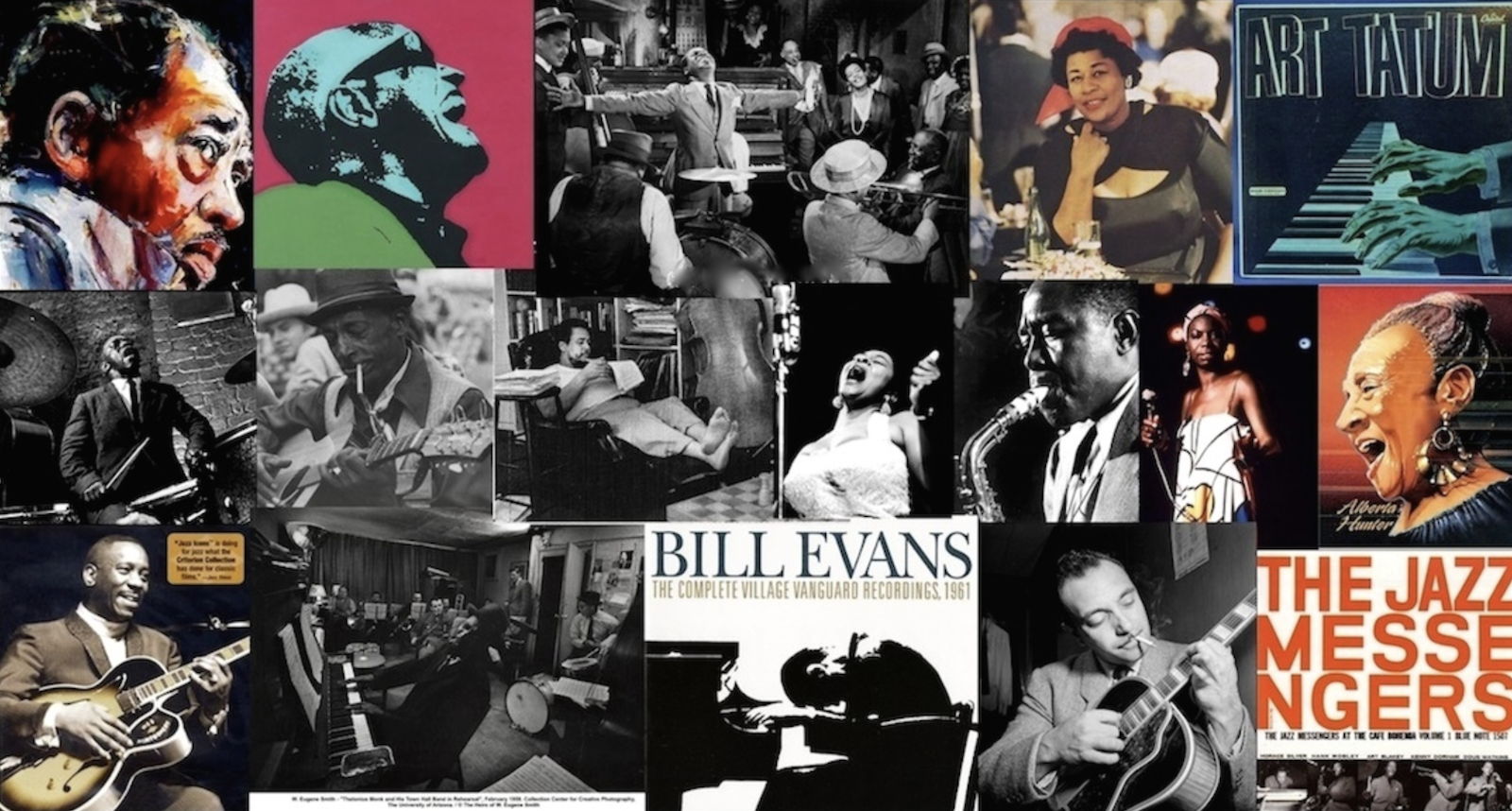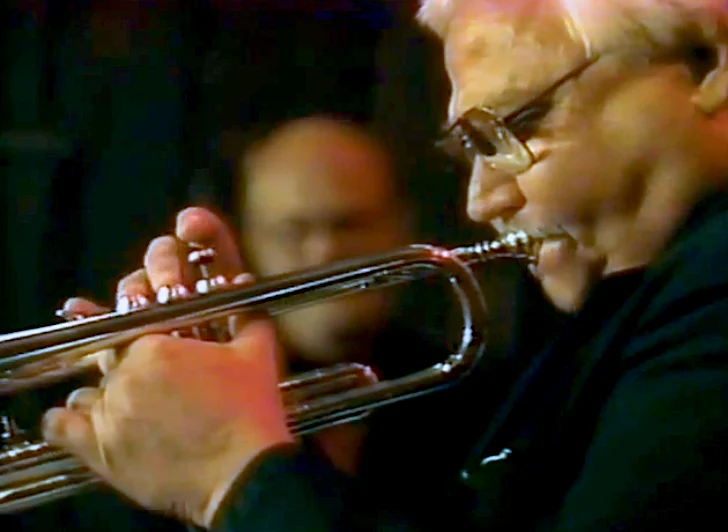
Sam Noto
An acclaimed jazz trumpeter and bop soloist, Noto has worked throughout North America with some of the biggest names, and best bands in jazz, including Stan Kenton, Charlie Parker, Count Basie, Dizzy Gillespie, Buddy Rich, Red Rodney, Don Menza, Joe Romano, Louie Bellson, Frank Rossolino, and Mel Lewis to name a few.
Noto was invited to join Stan Kenton’s Orchestra as lead trumpeter while still in his early 20’s, and played with Kenton full-time until 1958, and again in 1960 after a year-long stint touring Europe with Louie Bellson and Pearl Baily in 1959. He was also a member of the count Basie Orcherstra for two separate period between 1964 and 1967.
Sam worked primarily in Las Vegas after 1969, until relocating to Toronto in 1975. It was while living and working in Vegas, he became acquainted with trumpeter, Red Rodney who was influential in Noto’s prolific recording career with Xanadu.

